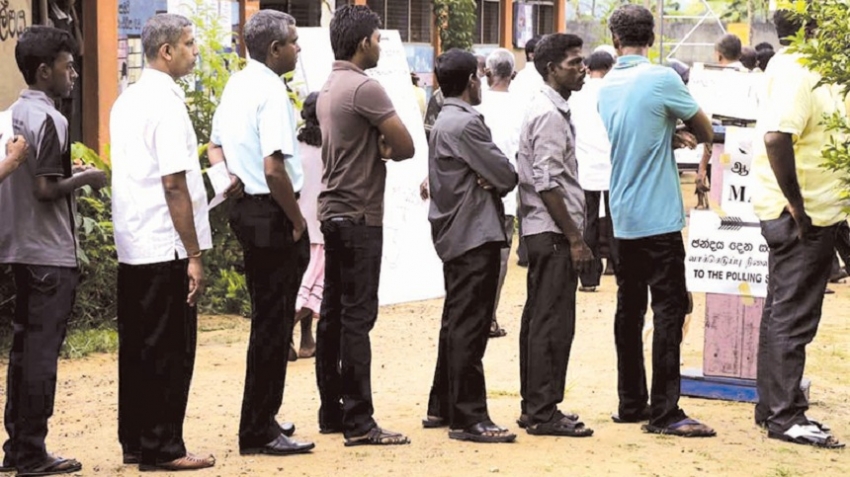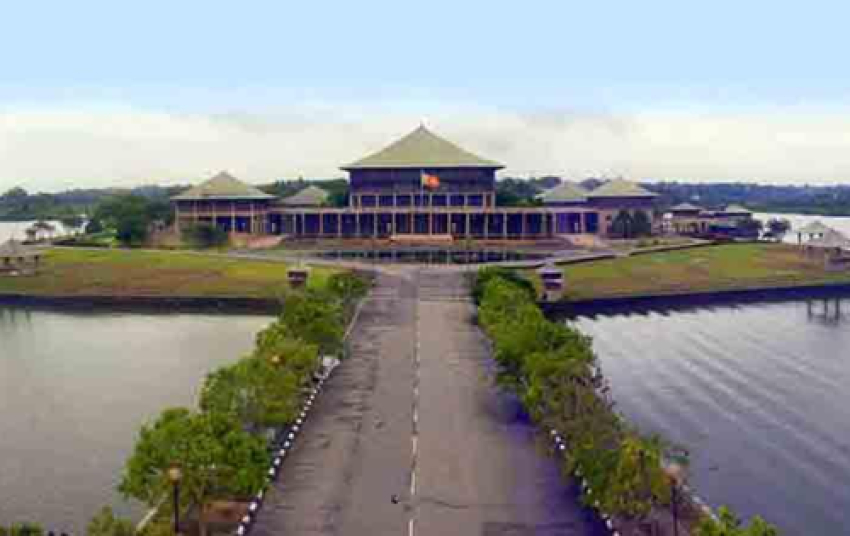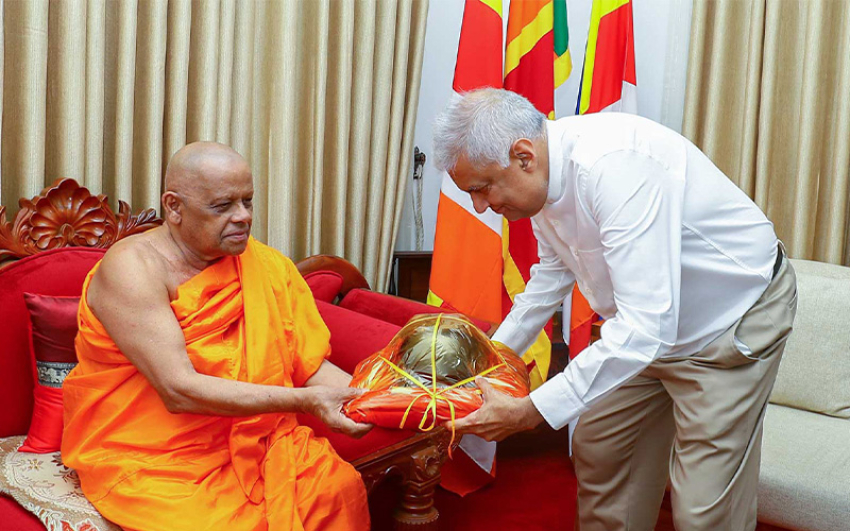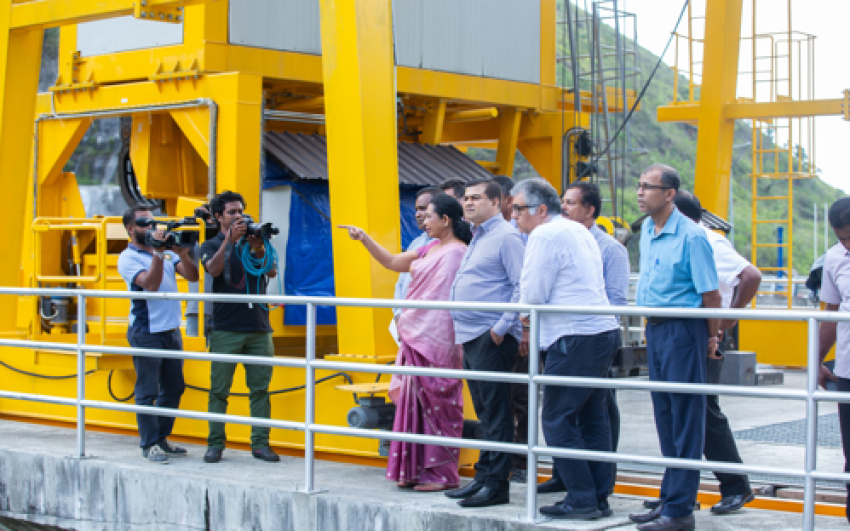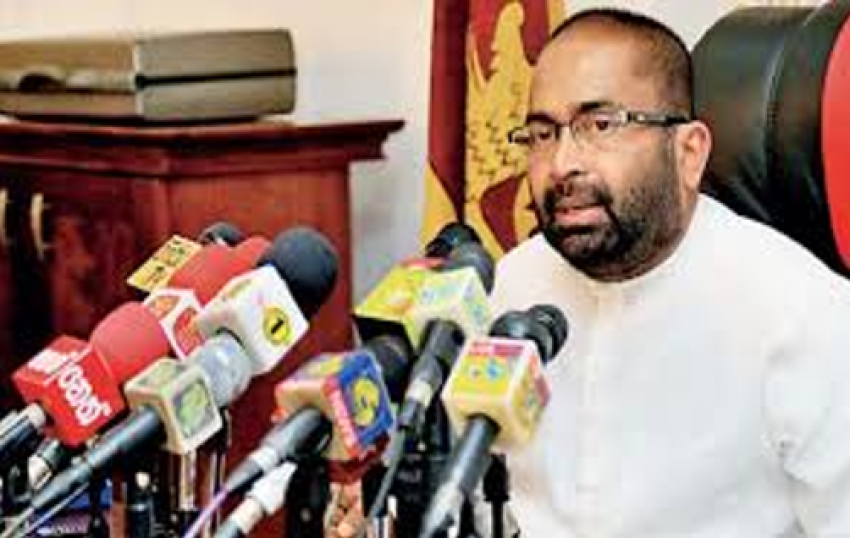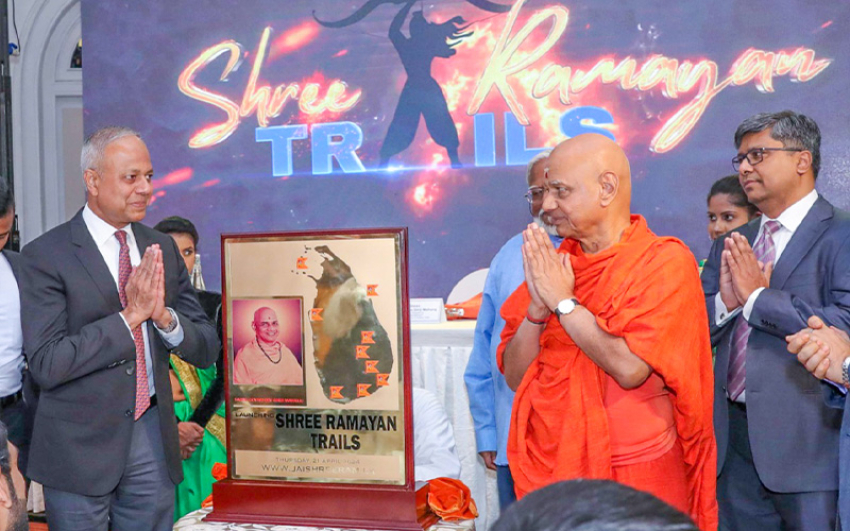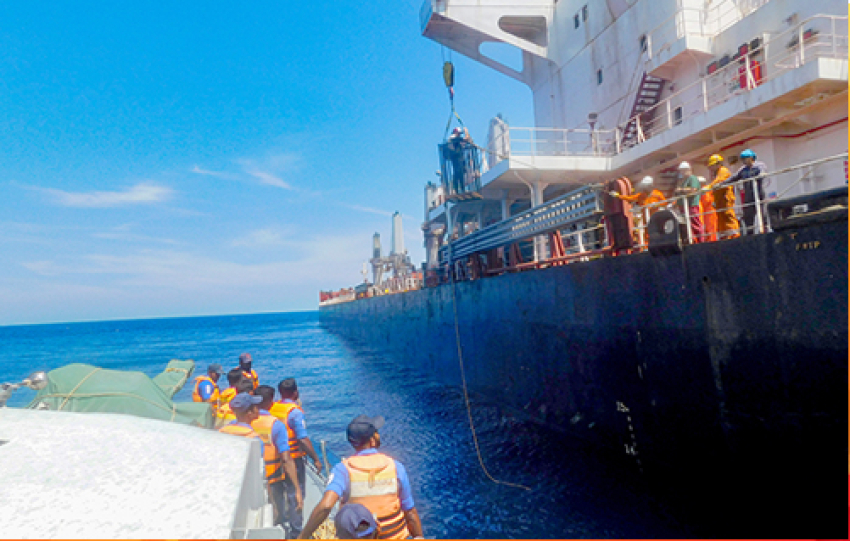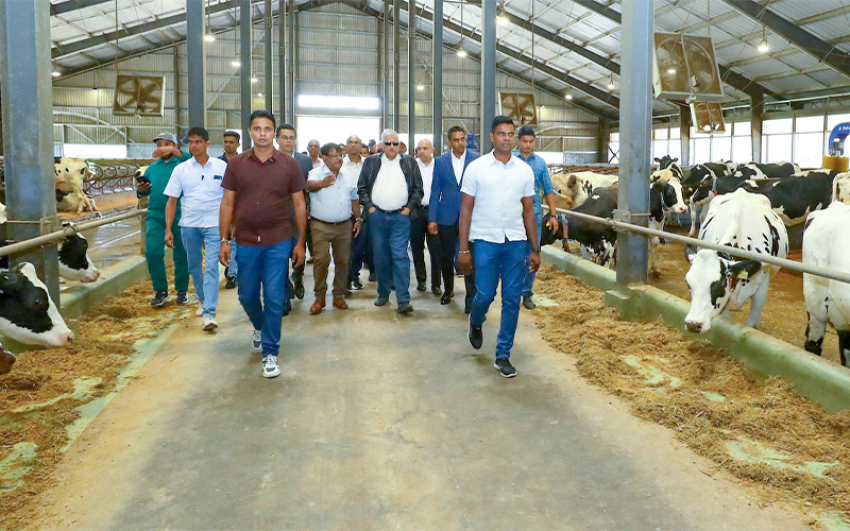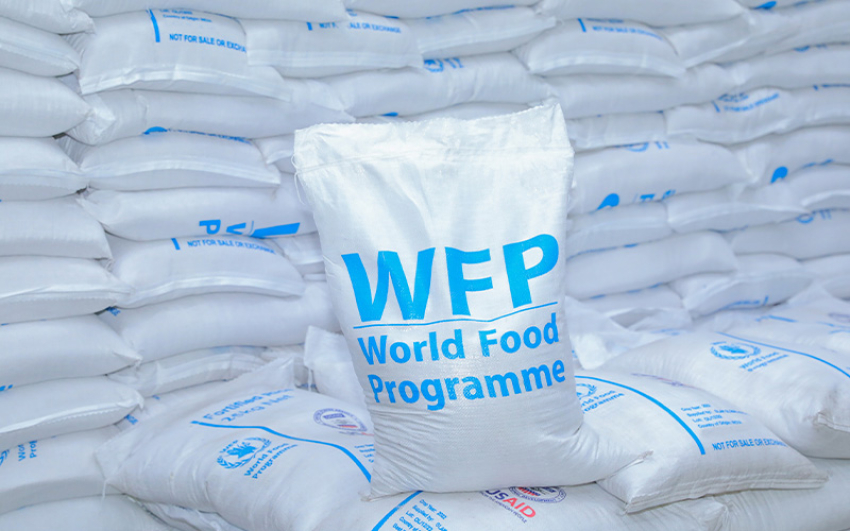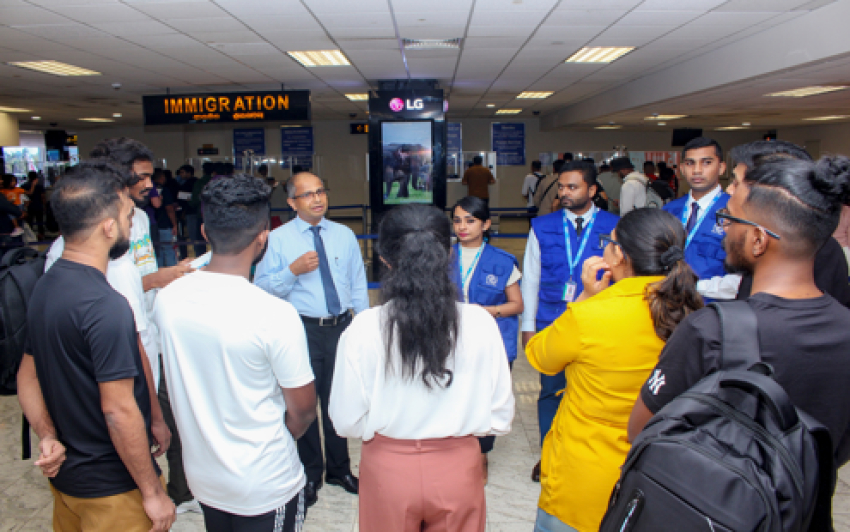The week witnessed several twists and turns in political developments and polarization of forces around the two main presidential hopefuls. While President Maithripala Sirisena opted to remain neutral in the presidential election campaign the Sri Lanka Freedom Party (SLFP) decided to support Sri Lanka Podujana Peramuna (SLPP) candidate Gotabaya Rajapaksa.
President Sirisena set a healthy precedent of neutrality as Head of State during the election of his successor. As further display of his impartiality, he appointed Prof. Rohana Lakshman Piyadasa to cover duties of SLFP President until the elections are over. The President’s neutrality is a healthy democratic practice and it will further strengthen the commitment to holding a peaceful election.
This is the first time that an incumbent President opted to remain neutral in an election. This could only happen when the incumbent President is not seeking a second term. President J R Jayewardene and President D. B. Wijetunga did not contest in the presidential elections of 1988 and 1994 respectively, but they supported the United National Party (UNP) candidates, Ranasinghe Premadasa in 1988 and Gamini Dissanayake and Srima Dissnayake in 1994. Similarly, President Chandrika Bandaranaike Kumaratunga remained SLFP President during the 2005 presidential election in which the SLFP candidate Mahinda Rajapaksa won. However, the three Presidents, JR, Wijetunga and Chandrika did not interfere in the electoral process and peaceful elections and transition of power peacefully were ensured.
Election campaign
President Sirisena’s decision to remain neutral will definitely help to ensure proper maintenance of law and order during the current election campaign, which could become violent at times due to the fact that it seems to be a very close fight.
The SLFP General Secretary Dayasiri Jayasekara said President Sirisena had temporarily stepped aside from operations of the SLFP President and appointed the party’s former General Secretary Prof. Rohana Lakshman Piyadasa to cover duties. “President Maithripala Sirisena’s decision was made in good faith. He wants this Presidential Election to be fair and peaceful. In my view this is a good example for everyone,” Jayasekara said.
He pointed out that the Armed Forces and Police came under the President’s portfolio and therefore holding a neutral position during the Presidential Election was essential. Jayasekara argued that if the President supported a particular candidate that would damage the impartiality of the entire process.
While President Sirisena remains neutral, the SLFP will support presidential candidate Gotabaya Rajapaksa. Jayasekera stressed that the SLFP would be fully committed to Rajapaksa’s victory.
With the decision made by SLFP to support Gotabaya, the polarization of forces in the South has been stabilized. The forces unified by S. W. R. D. Bandaranaike in 1956 are supporting SLPP candidate Gotabaya Rajapaksa this time and the liberal democrats as well as a section of the downtrodden villagers support UNP candidate Sajith Premadasa. However, a substantial section of the middle class and first time youth voters, who are considered to be the floating vote bloc expected to tilt the balance.
Voting trends
Although there are 35 candidates, the average Sri Lanka voter is mature enough not to waste his or her vote by casting it for a candidate who has no chance of winning. Hence, in every presidential election, about 85% to 90% of the votes were divided between the first two candidates and on every election the winner managed to get over 50% to ensure verdict in the first count, without resorting to a count of second preference of votes.
This is evident from the results in the past elections. In the first presidential election of 1982, President J R Jayewardene received 3.4 million votes (52.9%) and the main rival, Hector Kobbekaduwa polled 2.5 million. The third candidate, Rohana Wijeweera of Janatha Vimukthi Peramuna (JVP) could poll only 273,428 votes.
In 1988, then Prime Minister, Ranasinghe Premadasa won by polling 2.5 million votes (50.43%). He defeated Sirimavo Bandaranaike, who polled 2.2 million votes. The third candidate, Ossie Abeygunasekera of Sri Lanka Mahajana Party (SLMP) could get only 235,719 votes.
Chandrika Bandaranaike Kumaratunga polled a record 62.28% or 4.7 million votes, defeating Srimathi Dissanayake, who polled 2.7 million votes in 1994. The other four candidates could collectively get only 137,038 votes.
Five years later, in 1999, there were 13 candidates for the 1999 presidential election. The last ten candidates could get less than 180,000 votes. While Chandrika Bandaranaike Kumaratunga won for the second time with 4.3 million votes (51.12) and UNP’s Ranil Wickremesinghe polled 3.6 million. The third candidate, Nandana Gunathilaka of JVP polled 344,173 votes.
In 2005, too there were 13 candidates and 11 of them got less than 2% of the total. Mahinda Rajapaksa received 4.8 million (50.29%) and Ranil Wickramasinghe polled 4.7 million (48.43%).
There was a record 22 candidates in 2010 Presidential Election and Mahinda Rajapaksa romped home with 6.1 million (57.88%) votes defeating Sarath Fonseka, who polled 4.1 million (40.15%). The other 20 candidates lost their deposits.
In 2015, President Maithripala Sirisena polled 6.2 million (51.28%) votes, defeating the incumbent President Mahinda Rajapaksa who polled 5.7 million (47.58%). There were 19 candidates and barring the first two others could not cross even the 40,000 mark.
The two best performers among the third candidate were JVP’s Nandana Gunathilaka who polled 344,174 votes in 1999, JVP leader Rohana Wijeweera, who received 273,428 votes in 1988 and Ossie Abeygunasekera of SLMP who got 235,719 votes.
This time, there are at least two formidable candidates in addition to the main two candidates. Both of them, former Army Commander, General Mahesh Senanayake and JVP leader Anura Kumara Dissanayake hope of doing better than the other losing candidates in the past seven presidential elections. However, considering the past experiences of voters’ choice, it is highly doubtful if any of the minor candidates could make an impact.
In the past, the voters select the candidates backed by the main two national political parties – Sri Lanka Freedom Party and United National Party. However, this time there is a changed scenario as Sri Lanka Podujana Peramuna has emerged as a formidable national political party.

